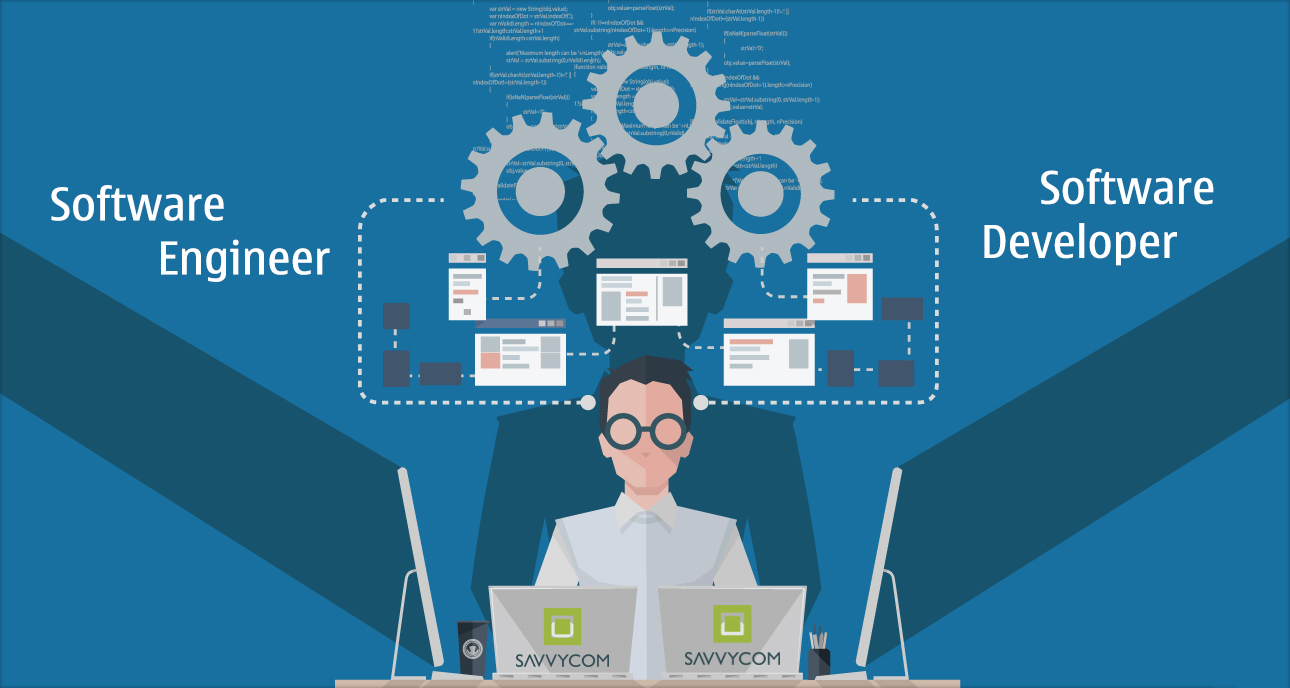
We have put together some of the newest trends in software to help you stay ahead of the competition!
Agile
Agile is the new buzzword in Software Development and is fast gaining speed, with most businesses poised to undergo an Agile makeover. It is expected that Lean, User-Centered Design, and Agile/XP communities will lead to the development of balanced teams that thrive on Agile methodologies. For companies looking to scale this methodology across the enterprise, the SAFe framework will help in streamlining and ironing out glitches in enterprise-wide Agile adoption.
Applied Artificial Intelligence (AI) and Machine Learning (ML)
Over the past decade there have been rapid advancements in the field of Artificial Intelligence, and although AI deployment still has a long way to go, there are already many people questioning the future of human labour in the coming decade. Better software products and services will make AI and ML more accessible to the enterprise, rendering AI professionals as highly sought-after in global organizations. Startups will continue to generate interest and attract funding in the hope of investors fuelling the next big revolution.
Blockchain
The technology behind cryptocurrency has gone down a rocky road in the past year, but it still holds the potential to disrupt the way businesses operate. It is expected that while it will fall by the wayside in financial transactions, Blockchain will gain momentum in supply chain tracking. With increased transparency in transactions due to the utilization of distributed ledgers, all parties will benefit. It is predicted that by 2030, most global trade will be conducted using some form of blockchain technology.
Containers
Companies like Mastercard have been trying to build centralized security controls into containers, but were finding that this was rather difficult. Large organizations therefore will gravitate more toward platform-managed applications instead of container-managed ones, as containers have been generating a lot of complexities and it is hard to find the root cause of the problem.
Data
The data environment has been growing exponentially, and there has been an unprecedented explosion in the volumes of data generated by companies of all sizes. Organizations that are able to harvest insights from the copious amounts of data generated will be able to stay afloat and ahead of the competition. In this age of information overdrive, skilled data scientists who can co- develop AI and ML to create ‘smart apps’ will be the new demigods of the IT industry.
Design
In the coming years, it is expected that more enterprises will move towards making design capabilities in-house and will invest more in design leadership. They will transform themselves into customer-centric product organizations with a mature design practice that is supported by executive leadership. Design will be the differentiator between organizational capabilities, and those who have well developed design ops will lead the pack.
Healthcare
Digital transformation is fast gaining momentum in the healthcare industry as well. In this sector, it is expected that innovative applications and software that promote fast decision-making and real-time feedback delivery will become a priority. New tools and platforms will be available that are specific to operations and processes in the healthcare sector.
Kubernetes
Kubernetes is rapidly becoming the preferred approach for consuming infrastructure. Early adopters of Kubernetes are seeing measurable value derived from it, and it is now going to be accessible to potentially more customers. Many large enterprises will prefer to migrate to a single environment that accommodates new cloud-native applications and offers greater control over traditional workloads.
Microservices
Microservices is the next logical step in 2019 to break down complex applications easily into manageable ones. The code base will be small and you will be able to scale as appropriate. Microservices architecture can create scalable, testable software that can be delivered weekly, not yearly.
Open Source
Open-source software powers the internet, and this trend is likely to continue over the next couple of years. 2018 saw IBM and VMware acquiring Red Hat and Heptio; and Microsoft acquired GitHub, which hosts millions of open source projects. Open-source developers will continue to devote their time to collaborate on open-source projects, including developing cloud computing infrastructure and many other technologies, including consumer devices, software used in in-home systems and so on.
Retail
The digital transformation in the retail and consumer goods sector will be at an all-time high this year. Software platforms will be created to help the enterprises in retail succeed in this digital age. Retail leaders are expected to adopt game-changing technologies including AI and ML and will test a host of new business models.
Security
The focus on cyber-security will be more pronounced, with companies looking to invest more in order to prevent data breaches. Safety will be paramount, and applications and financial platforms will have to have advanced security protocols in order to win the trust of their consumers. Test-driven development will have built-in security checks along the way.
Serverless
The terms “serverless” and “FaaS” (Functions-as-a-Service) have often been used interchangeably and will be more in use in the coming year. The characteristics of serverless are more advantageous to developers as they can be more productive, focusing on code that solves business problems rather than “server” concerns such as load-balancing and scaling deployments.
Software Engineer
In 2019, the role of the software engineer will continue to evolve at a rapid pace. Software engineers will have to wear many hats, and manage the full application development lifecycle in different ways to add value. There will be a tighter labour market for engineers who have the required extended skills and versatility required to handle different roles.